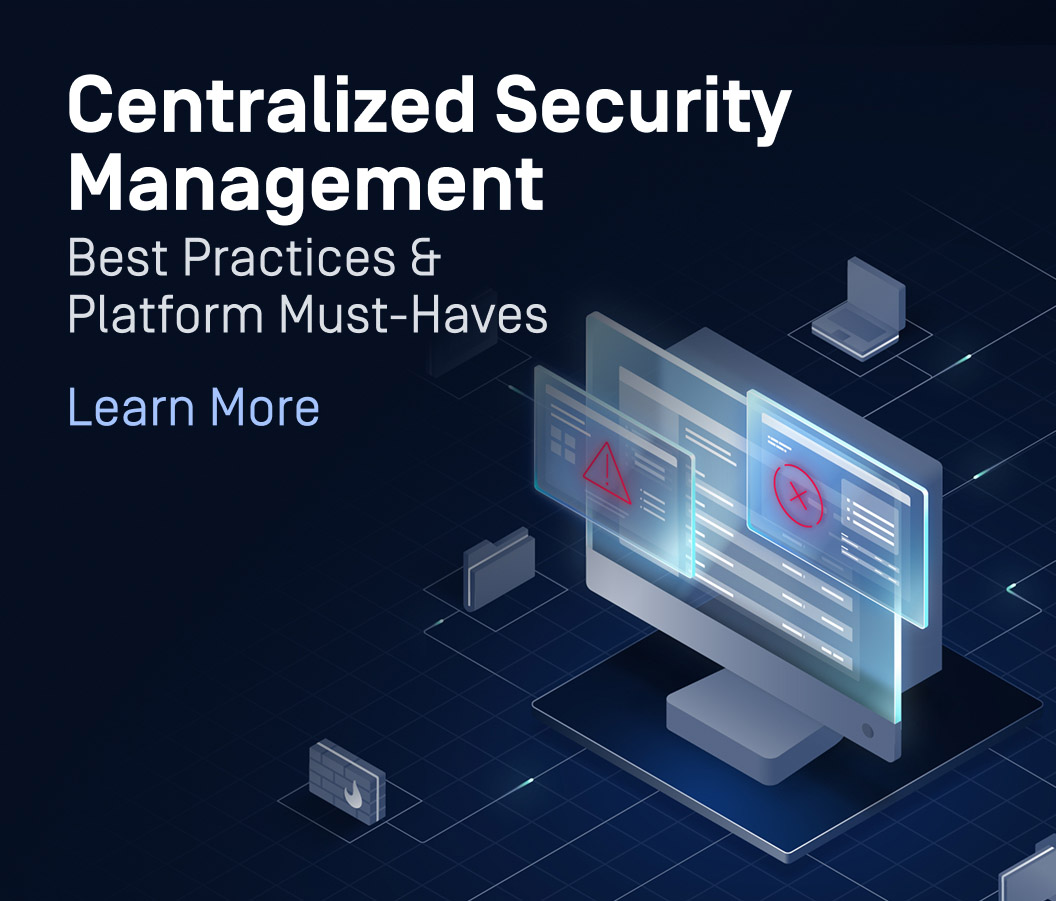As 2024 approaches, the cybersecurity landscape continues to make rapid and profound changes. These changes will certainly impact how we prioritize threat vectors, build defense-in-depth strategies, and ensure that the businesses and organizations we rely on most continue to operate continuously—and do so safely. Based on current trends and data, as well as our expertise at OPSWAT, I want to highlight the top five cybersecurity threats for the upcoming year, the reasons behind their rise, and why these—in particular—should remain in focus.
1. The Rise of Ransomware-as-a-Service (RaaS):
Ransomware continues to be a dominant threat, and its evolution is partly due to the growth of RaaS platforms. According to a recent study, there has been a significant increase in the availability of RaaS on the dark web, making sophisticated ransomware tools accessible even to less skilled attackers. This democratization of ransomware tools has led to a surge in attacks, emphasizing the need for robust defensive strategies.
2. AI and Machine Learning in Cyberattacks:
The use of AI and ML in cyberattacks is increasing, primarily because of the ease of access to platforms like OpenAI. These tools have made it simpler for attackers to write code and develop exploits rapidly. The ability to generate sophisticated attack vectors using AI poses a significant challenge, as it allows for the creation of more complex and targeted threats.
Read more about how AI and ML are impacting the cybersecurity world.
3. Vulnerabilities in Supply Chains:
Supply chain attacks, both in software and hardware, are a growing concern. Software supply chain attacks, like the SolarWinds incident, have shown how vulnerabilities in widely used software can have far-reaching effects. Similarly, hardware supply chains are at risk due to the complex and often opaque nature of hardware production and distribution. These vulnerabilities are exacerbated by the global nature of supply chains and the high level of trust placed in third-party vendors.
See how OPSWAT is helping Hitachi Energy secure their supply chain.
4. Targeting Critical Infrastructure:
The increased targeting of critical infrastructure is driven by the high impact such attacks can have. Cybercriminals and nation-state actors see value in disrupting or gaining control of systems in sectors like energy, healthcare, and transportation due to their importance to national security and the economy.
5. Diverse IoT Ecosystem:
The internet of things (IoT) landscape is becoming a larger target for attacks due to the variety of operating systems and the general lack of standardized security measures across these devices. The diversity in operating systems and the rapid expansion of IoT devices in consumer and industrial settings create a broad and often vulnerable attack surface.
The cybersecurity landscape in 2024 will be shaped by these evolving threats. It's imperative for organizations to adopt a comprehensive and proactive approach to cybersecurity, focusing on advanced threat detection, zero-trust security solutions, and an understanding of the unique challenges posed by the IoT ecosystem.
At OPSWAT, we're dedicated to providing solutions that address these dynamic challenges and safeguard against emerging threats. If you want to learn more about how we can help, talk to one of our experts today.


